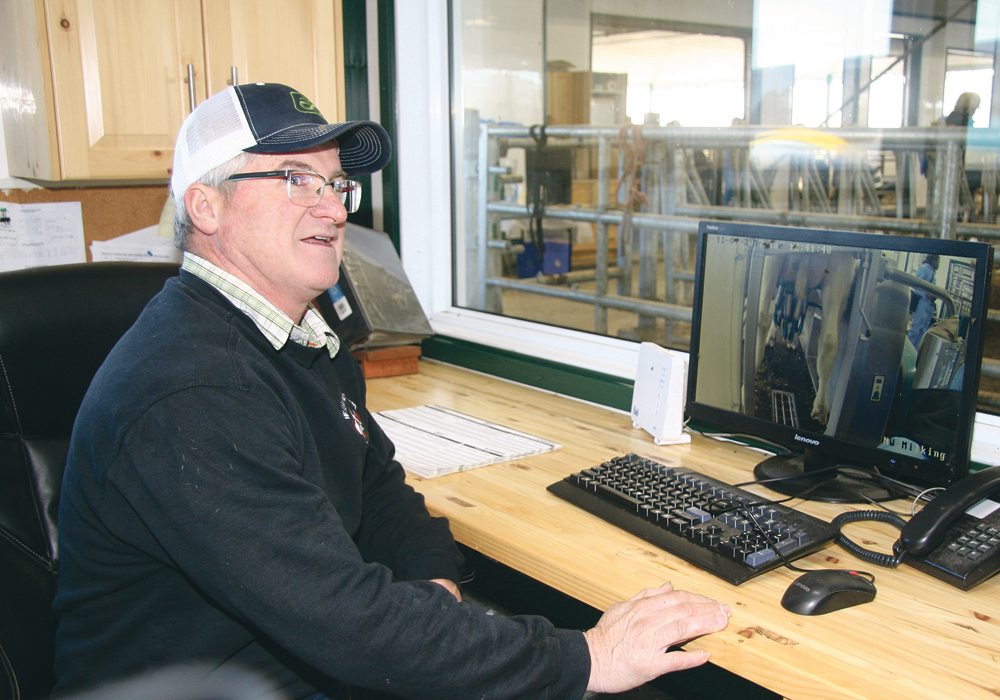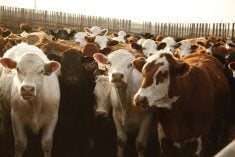FOURNIER, Ont. — Ken and Peggy Wilkes’s recent investments in their Ontario dairy show a dedication to the future no matter who takes over the farm.
Last May they moved their registered Holsteins into a $2.3 million state of the art free stall barn with a fully automated European robotic milking system.
The GEO Monobox technology is probably the first unit of its type in Ontario, Ken Wilkes told a recent Dairy Farmers of Canada tour group.
Wilkes sees this as an investment in the farm’s future.
Read Also

Growth plates are instrumental in shaping a horse’s life
Young horse training plans and workloads must match their skeletal development. Failing to plan around growth plates can create lifelong physical problems.
“People ask why we did this at our age. Our philosophy is, why not? We enjoy what we do and I think we are pretty good at it,” he said.
“We owe it to the next generation to do better. If it is in your mind to sell your quota when you retire, you should quit now. Quota should not be a retirement fund.”
This system can milk up to 70 cows per unit. Cameras are mounted throughout the barn, and cows can be watched on a computer monitor in the farm as they eat, sleep and visit the milker.
Each cow’s identification is read when it enters the enclosed parlour, and a small reward of feed comes down. The computer does not allow entry if the cow tries to come back in for another treat.
“I think these robots are going to catch on. For the price we paid for them, they are going to work,” he said.
The first two months were difficult as they learned how the system worked and the cows were trained to use the robots.
Milk production dropped from around 40 kilograms per cow per day to 33 kg per day. However, the cows are milked more frequently and production is on an upward trend. The freshened cows are averaging 43 kg per day.
As for the future, the Wilkeses hope their son may consider returning to the fifth generation farm. He is completing a degree in civil engineering but returns to help. They have two daughters living and working in Western Canada. If Ken and Peggy are the last generation of Wilkes, this farm will be a fully modern unit for a new family.
The farm was established in 1856 and included a logging component before moving to a more diverse farming operation. It gradually evolved into a larger dairy operation after supply management was introduced.
The Wilkeses purchased the farm from Ken’s father in 1992. They expanded the dairy and also have 850 acres of cash crop, which makes up 40 percent of their income.
















